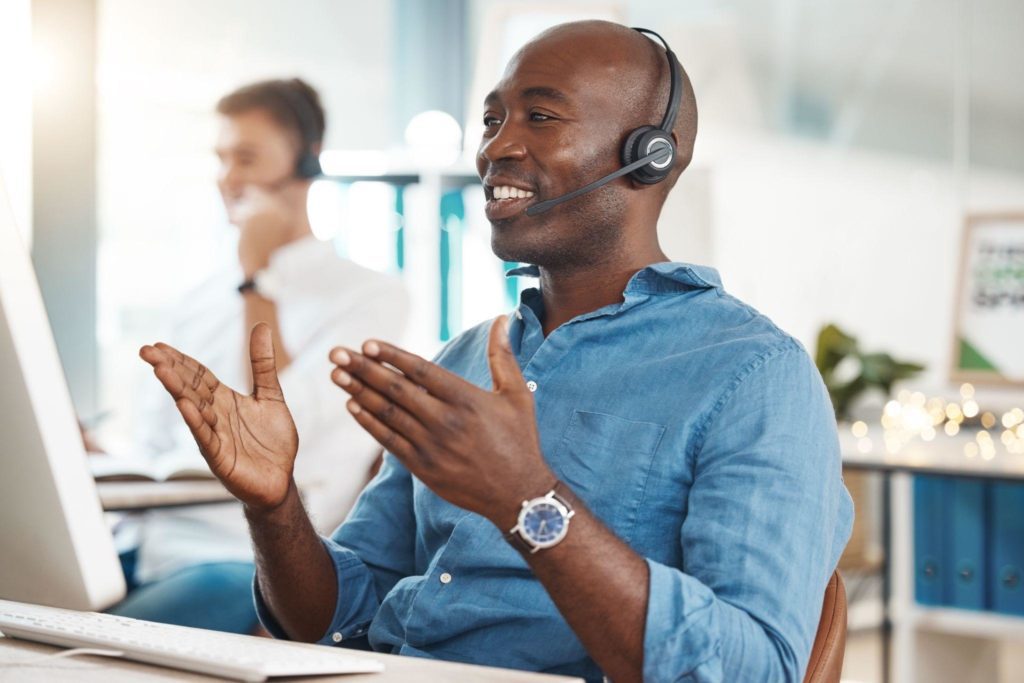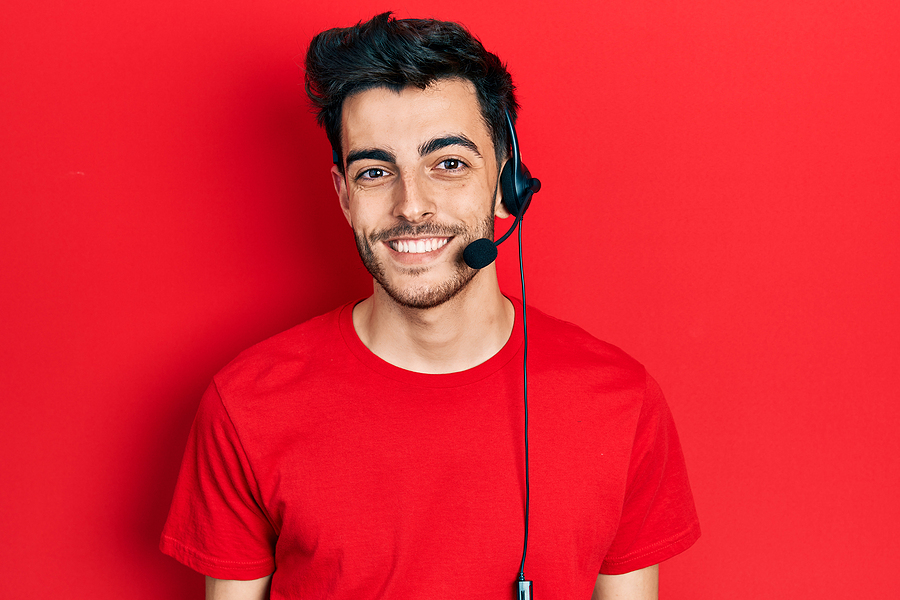All Categories
Featured
Table of Contents
- – Who Is The Best How Does An Answering Service W...
- – What's The Best How Much Does An Answering Ser...
- – What Was The Most Popular 24/7 Live Telephone ...
- – What Is The Best Virtual Receptionist Perth -...
- – What Does Telephone Answering Service: What I...
- – Best Telephone Answering Service - Virtual R...
Who Is The Best How Does An Answering Service Work?
This gadget and its followers were designed by Sava Jacobson, an electrical engineer with a personal consulting service. While early voice mail used magnetic tape innovation, the majority of modern devices uses solid state memory storage; some devices use a mix of both, with a solid-state circuit for the outgoing message and a cassette for the incoming messages.
"toll conserving" below) (business call answering service). This is helpful if the owner is screening calls and does not want to talk to all callers. In any case after going, the calling party needs to be notified about the call having actually been answered (most of the times this begins the charging), either by some remark of the operator, or by some greeting message of the little bit, or dealt with to non-human callers (e.
This holds particularly for the Little bits with digitally kept welcoming messages or for earlier devices (before the rise of microcassettes) with a special limitless loop tape, different from a 2nd cassette, dedicated to recording. There have actually been answer-only gadgets without any recording capabilities, where the welcoming message needed to notify callers of a state of current unattainability, or e (business call answering service).
What's The Best How Much Does An Answering Service Cost In 2023? Brand

about accessibility hours. In tape-recording TADs the welcoming generally includes an invitation to leave a message "after the beep". An answering maker that utilizes a microcassette to tape messages On a dual-cassette answerphone, there is an outbound cassette, which after the defined number of rings plays a pre-recorded message to the caller.

Single-cassette answering machines consist of the outbound message at the start of the tape and incoming messages on the remaining space. They initially play the statement, then fast-forward to the next available area for recording, then tape the caller's message. If there are lots of previous messages, fast-forwarding through them can cause a considerable delay.
This beep is frequently described in the greeting message, requesting that the caller leave a message "after the beep". Little bits with digital storage for the recorded messages do disappoint this hold-up, naturally. A little may use a push-button control facility, whereby the answerphone owner can call the home number and, by entering a code on the remote telephone's keypad, can listen to recorded messages, or erase them, even when far from home.
What Was The Most Popular 24/7 Live Telephone Answering Services In Australia?

Consequently the maker increases the variety of rings after which it answers the call (generally by two, leading to 4 rings), if no unread messages are presently saved, but responses after the set number of rings (normally 2) if there are unread messages. This enables the owner to learn whether there are messages waiting; if there are none, the owner can hang up the phone on the, e.
Some makers likewise allow themselves to be remotely triggered, if they have been turned off, by calling and letting the phone ring a particular a great deal of times (generally 10-15). Some service suppliers desert calls already after a smaller sized number of rings, making remote activation impossible. In the early days of Little bits a special transmitter for DTMF tones (dual-tone multi-frequency signalling) was regionally needed for remote control, given that the formerly utilized pulse dialling is not apt to communicate suitable signalling along an active connection, and the dual-tone multi-frequency signalling was implemented stepwise.
Any incoming call is not identifiable with respect to these homes in advance of going "off hook" by the terminal equipment. So after going off hook the calls need to be changed to proper devices and only the voice-type is immediately accessible to a human, but perhaps, however need to be routed to a TAD (e.
What Is The Best Virtual Receptionist Perth - Local Phone Answering Service Available
What if I told you that you do not need to in fact choose up your gadget when answering a client call? Somebody else will. So practical, right? Answering call does not require somebody to be on the other end of the line. Effective automated phone systems can do the trick simply as efficiently as a live representative and in some cases even much better.
An automated answering service or interactive voice reaction system is a phone system that communicates with callers without a live individual on the line - call answering services. When business utilize this technology, customers can get the response to a question about your organization just by utilizing interactions established on a pre-programmed call flow.
Although live operators update the customer care experience, lots of calls do not need human interaction. A simple documented message or guidelines on how a customer can recover a piece of information usually solves a caller's instant need - reception services. Automated answering services are a simple and reliable way to direct incoming calls to the best person.
What Does Telephone Answering Service: What It Is And Why It Isn't Enough Cost?
Notification that when you call a company, either for support or product questions, the very first thing you will hear is a pre-recorded voice greeting and a series of options like press 1 for customer support, press 2 for questions, and so on. The pre-recorded alternatives branch off to other choices depending on the customer's choice.
The phone tree system helps direct callers to the right person or department using the keypad on a smart phone. In some circumstances, callers can utilize their voices. It's worth keeping in mind that auto-attendant choices aren't restricted to the 10 numbers on a phone's keypad. Once the caller has actually picked their first choice, you can design a multi-level auto-attendant that utilizes sub-menus to direct the caller to the ideal type of support.
The caller does not need to interact with a person if the auto-attendant phone system can manage their concern. The automated service can path callers to an employee if they reach a "dead end" and require help from a live agent. It is costly to work with an operator or executive assistant.
Best Telephone Answering Service - Virtual Receptionist - Apso Prices Near Me
Automated answering services, on the other hand, are significantly less costly and offer significant expense savings at an average of $200-$420/month. Even if you do not have actually devoted staff to handle call routing and management, an automatic answering service enhances efficiency by enabling your team to concentrate on their strengths so they can more effectively spend their time on the phone.
A sales lead routed to client service is a lost shot. If a customer who has product concerns reaches the incorrect department or gets incomplete responses from well-meaning workers who are less trained to deal with a particular kind of concern, it can be a cause of aggravation and dissatisfaction. An automated answering system can reduce the number of misrouted calls, consequently helping your employees make better usage of their phone time while freeing up time in their calendar for other tasks.
With Automated Answering Systems, you can develop a personalized experience for both your personnel and your callers. Make a recording of your main greeting, and simply update it frequently to reflect what is going on in your organization. You can produce as lots of departments or menu options as you want.
Table of Contents
- – Who Is The Best How Does An Answering Service W...
- – What's The Best How Much Does An Answering Ser...
- – What Was The Most Popular 24/7 Live Telephone ...
- – What Is The Best Virtual Receptionist Perth -...
- – What Does Telephone Answering Service: What I...
- – Best Telephone Answering Service - Virtual R...
Latest Posts
Strategic Virtual Concierge with Optimal Performance
Dependable Virtual Reception Provider for Everyday Use
Leading After Hours Answering – NSW
More
Latest Posts
Strategic Virtual Concierge with Optimal Performance
Dependable Virtual Reception Provider for Everyday Use
Leading After Hours Answering – NSW